All you need to know to get going with CBD
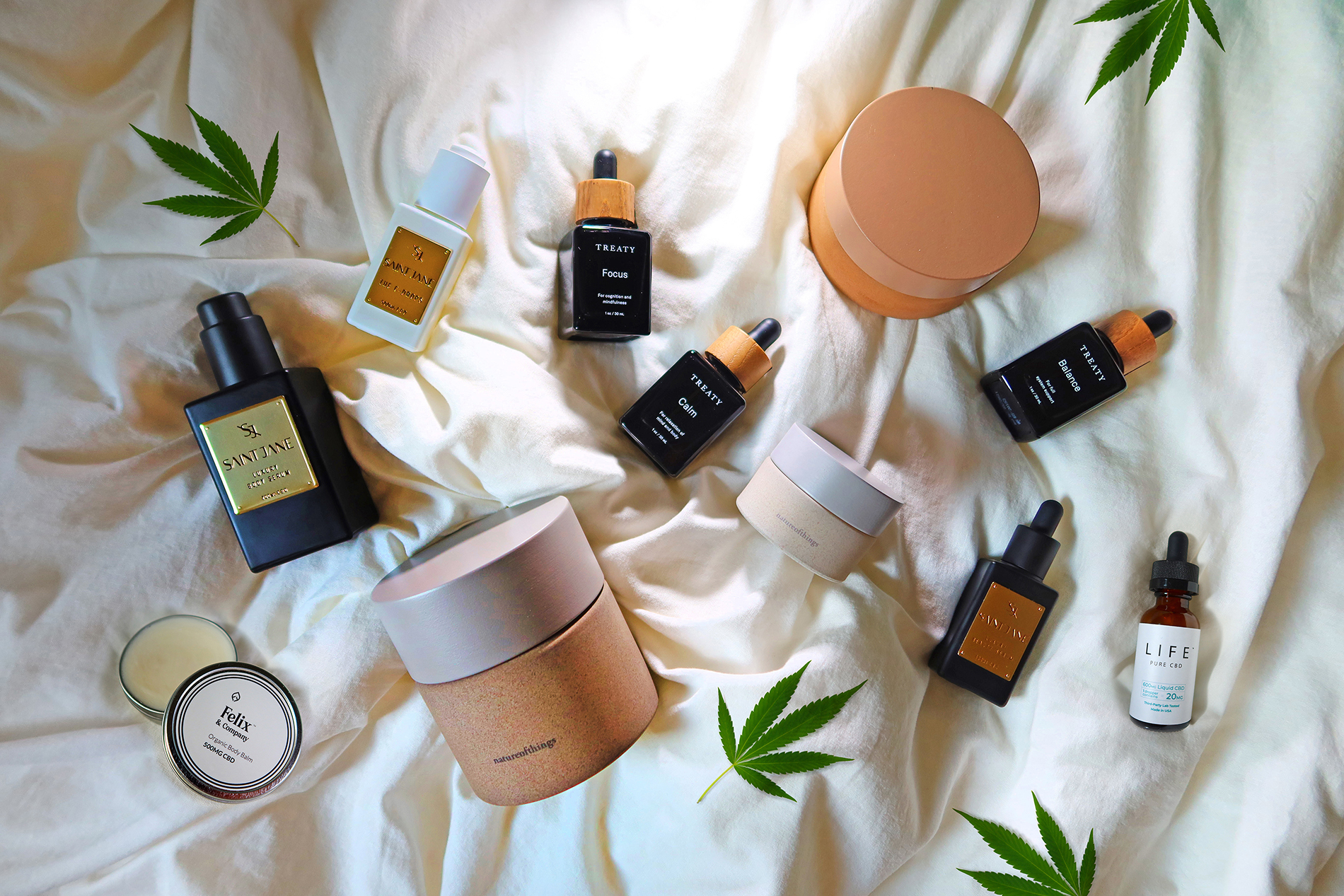
Anyone interested in general health and well-being will have been hearing more about CBD in recent years, as more people are discovering its simple usage has many beneficial effects on everyday well-being, and more.
When it comes to research, within the world of CBD, we are still in early days but so far results have been encouraging. Many CBD users widely acknowledge the beneficial effect CBD has, with people suffering from stress disorders, anxiety, and other problems common within the field of mental health, all acknowledging its qualities.
This CBD guide wants to address what we know about CBD so far. The following looks at what CBD is, how it works within the body, and we explain the various CBD strengths, as well as explore the different forms of CBD available.
What is CBD?
CBD is more formally known as Cannabidiol and is an active compound found in the Cannabis plant. It is non-psychoactive but has been adjudged to have several therapeutic and medical benefits.
CBD makes up one of around 100 different cannabinoids that are found in the cannabis plant. It is the cannabinoids that are extracted from the plant and used in making up the various oils, creams, e-liquid, and other various CBD types, that we can consume.
What are the various strength types and how do they impact the effect?
Understanding the strength of the CBD you are buying is about understanding how much CBD is included per volume.
It is not so much the percentage concentration of CBD but the number of milligrams (mg) of CBD in the product which determines CBD strength.
When determining your dosage, you can calculate the amount of CBD contained within each by dividing the total CBD mg, by the number of drops that can be attained from the bottle. For example, take a 10ml bottle and a 20 ml bottle which both contain 1000mg of CBD. The standard 10 ml will usually produce 200 drops whilst the 20 ml bottle will produce 400 drops.
To calculate how much CBD, you will have in each drop the calculation for each bottle will look as follows:
10ml bottle – 1000mg (CBD) divide by 200 drops = 5mg CBD for each drop.
20ml bottle – 1000mg (CBD) divide by 400 drops = 2.5mg CBD for each drop.
So, to acquire the same amount of CBD from the 20ml bottle you would need to take twice as many drops to equal the same amount of CBD from the 10ml bottle.
The same method can be applied when working out the CBD concentration using percentages. Using the above example, the percentage concentration of CBD in the 10ml bottle would be 10%, so in the 20ml bottle it would be 5%. Percentages give a quick way of understanding the actual strength of CBD concentration you’d be getting from the CBD product.
It is the amount of CBD you are acquiring from the oil that should be your concern when looking at CBD products, not the overall quantity, unless you want a weakened amount of CBD to last over a longer period. The amount of CBD to take daily can be calculated, but a higher potency of CBD gives a higher efficacy so you can use less to acquire the same effect.
How much CBD should I take each day?
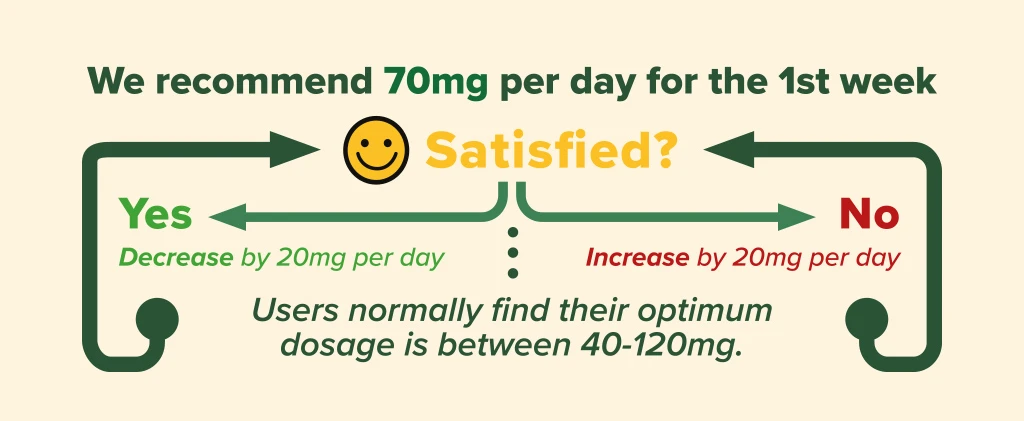
Taking CBD is great for everyday well-being, but without regulation it’s difficult to know how much we should be taking.
Research has suggested that you will need no more than 70mg a day, which isn’t a great volume to consume, for general well-being. This is also supported by the Food Standards Agency (FSA) and suggests 70mg a day should not be exceeded; this ensures there is no unwanted drug interaction within the body and will also ensure there is no interference with existing medication usage.
Some studies have concluded that specific dosages are more suited for various conditions, such as:
- 10mg per day of CBD for bowel disease
- 50 – 600mg per day for cancer related pain
- 75 – 300mg per day for parkinson’s disease
- 25mg per day for poor sleep
- 600mg per day for psychosis
- 300 – 600 mg per day for anxiety and relaxation
Factors which may affect the impact you feel from CBD involve body weight, size, and overall tolerance.
What can it provide relief for?
As of today, CBD has been seen to improve a bunch of ailments, significantly it aids with:
- Anxiety disorders
- Addiction
- PTSD (Post Traumatic Stress Disorder
- Schizophrenia
Recent studies using rats have shown CBD may be effective for physical conditions, particularly pain associated with rheumatoid arthritis. A study on human cells shown that applying CBD cream to skin results in positive anti-inflammatory factors.
It has also been discovered that CBD has a similar effect to some antipsychotic drugs. Along with potentially displaying a positive impact on people who suffer with neurological disorders, and many individuals suffering with epilepsy have found it to be beneficial to the condition.
How does CBD work?
CBD impacts the bodies Endocannabinoid System (ECS) which exists to receive cannabinoids produced inside the body called Anandamide and 2-Arachidonyl-glycerol. The ECS was only recently discovered in the 1990s by medical researchers. It is now known to impact several major processes within the human body; sleep, mood, appetite, and memory function, but researchers believe there is still a lot more to be discovered.
The science behind this is out of reach for this article and is much more suited for a student of this science, where deeper findings can be found from recent studies online.
As a top-line overview though; CBD has been seen to impact the ECS receptors by reducing inflammation and interacting with neurotransmitters which results in aiding anyone suffering from chronic pain. Studies have been performed which examine CBD’s effectiveness on pain relief for people suffering from diseases such as MS and rheumatoid arthritis. These studies have seen a positive impact, with patients experiencing relief from their usual pains and ailments.
Along with aiding pain, there is also a wealth of supporting evidence that CBD alleviates stress, depression, and anxiety. Again, research is still in its infancy, but with positive effects being found the research as to why continues.
CBD Products
Fortunately, CBD is available to be taken using various methods, meaning it can be adapted to most daily routines.
The common way of taking CBD is by using CBD oil. Oils are available in bottles and come with a dropper in the lid, they may also be purchased in handy tinctures. The oil is placed under the tongue, where it’s advised to hold it for at least 10 seconds, so the CBD within the oil can be absorbed into the bloodstream.
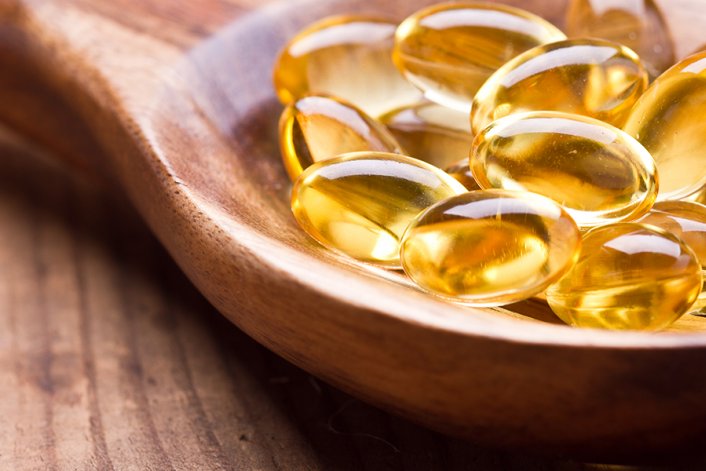
Capsules and CBD pills are perfect for those who don’t vape, enjoy the oil taste, or don’t want to upset their diet with CBD gummies. CBD capsules are usually soft gel capsules so are convenient for many people who are on the go. There are a range of strengths and concentrates available, so you’ll be able to find your ideal level of strength.
Gummies are another method for taking CBD and are perfect for people who do not like the raw CBD taste. They come in a range of flavours, and various strengths and range in price depending on quantity and strength.
Topicals, or CBD creams, can be applied directly to the skin and come in lotions, cream-based products, ointments, and tinctures.
It is also possible to take CBD with your favourite drink, from cocktails to beverages there are now oils available for this, or you can even buy coffee infused CBD.
Vaping is another way to attain your daily CBD intake, not for everyone but for many who vape this is an easy and sensible method to begin their CBD experience. CBD vaping manufacturers are offering various CBD strengths and CBD e liquid in various flavours.
Using a vape to experience CBD is safe and some say a more affective way of getting CBD quickly into the system. Again, like with CBD oils vaping CBD costs vary greatly, all down to the quality and strength of the CBD e liquid available.
CBD Oils
The oils use various ingredients and carrier oils so it’s important to check ingredients and follow the manufacturer’s instructions with the application process.
CBD Terminology
Full spectrum – this describes the type of compound and concentrate; full spectrum means that all parts of the cannabis plant are used when CBD is extracted from it. Full spectrum CBD may contain trace elements of THC, which is the psycho-active part of the plant, though this is usually below 0.3%.
Broad Spectrum – All certain parts of the plant are used in the extraction process and so even less THC is contained when the CBD is described as full spectrum.
Isolates – Only CBD is extracted with no trace of other cannabinoids or THC.
Mg – milligrams, used as a measure of CBD content within your CBD product.
Ml – millilitres, the total volume of liquid measured, usually labelled on bottles CBD oils.
Entourage Effect – Both full and broad-spectrum CBD can produce clinical effects, this may be down to the CBD or what is termed the ‘entourage effect’, which occurs when several compounds combine to create the effect.
Extraction process
This is by far no easy process as it involves several steps which bring with it a complex operation using a CO2 extraction method. The CO2 extraction method is the most common process used by UK CBD manufacturers. This is probably because it is a more efficient way of extracting the CBD from the hemp plant, and it also results in more of the CBD compound being preserved.
Within this world of CBD production, there are various methods to apply CBD extraction using the CO2 extraction process. Ultimately though, the CO2 process involves using pressurised carbon dioxide (CO2) to pull CBD from the hemp plant.
Once the CBD is extracted, several filtering processes, and distillation steps are usually followed. This aids the quality of the CBD, removing impurities to improve the efficacy of the CBD.
Along with the CO2 method of extraction there are various other methods used, such as the dry ice extraction method, solvent extraction, and the olive oil extraction method. Ultimately though, it is the CO2 method which is most common due to the efficiencies and end result.
And ultimately, price often reflects the quality of the CBD product as these processes take time, equipment and skillset of a high standard which ensure the quality product. If you are going to use CBD, we recommend looking at their standards of manufacture, many offer papers certifying their products.
Conclusion
CBD is a recent phenomenon when compared to existing medications for ailments which CBD has been discovered to aid. So far, the future looks like bright for CBD as it comes with no adverse side effects and only seems to aid.
Remember, if you are taking CBD for the first time don’t give up after a few days. CBD can take up to a month to work into your system, others begin to experience the effects sooner.
We do hope you have found this CBD guide helpful, if you have any questions or would like to leave a comment, please do not hesitate.

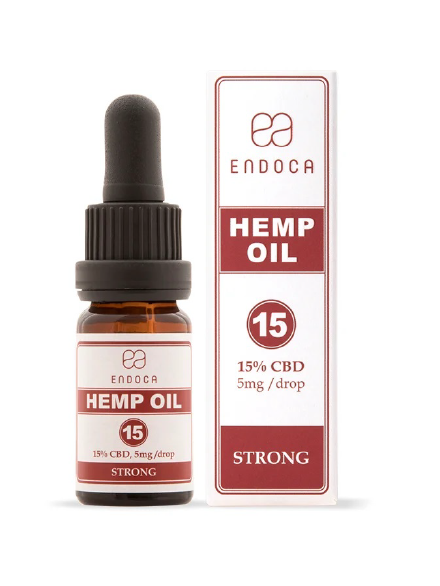
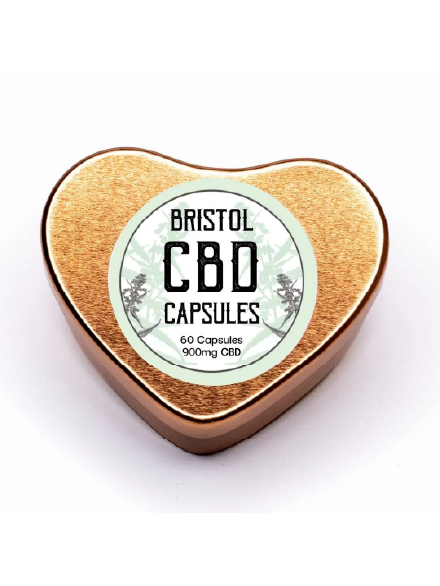
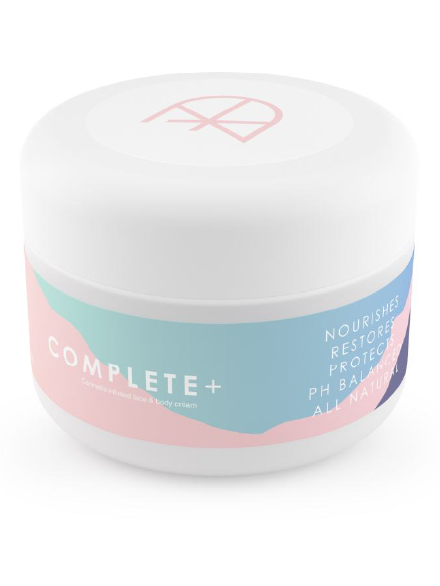
0 Comments